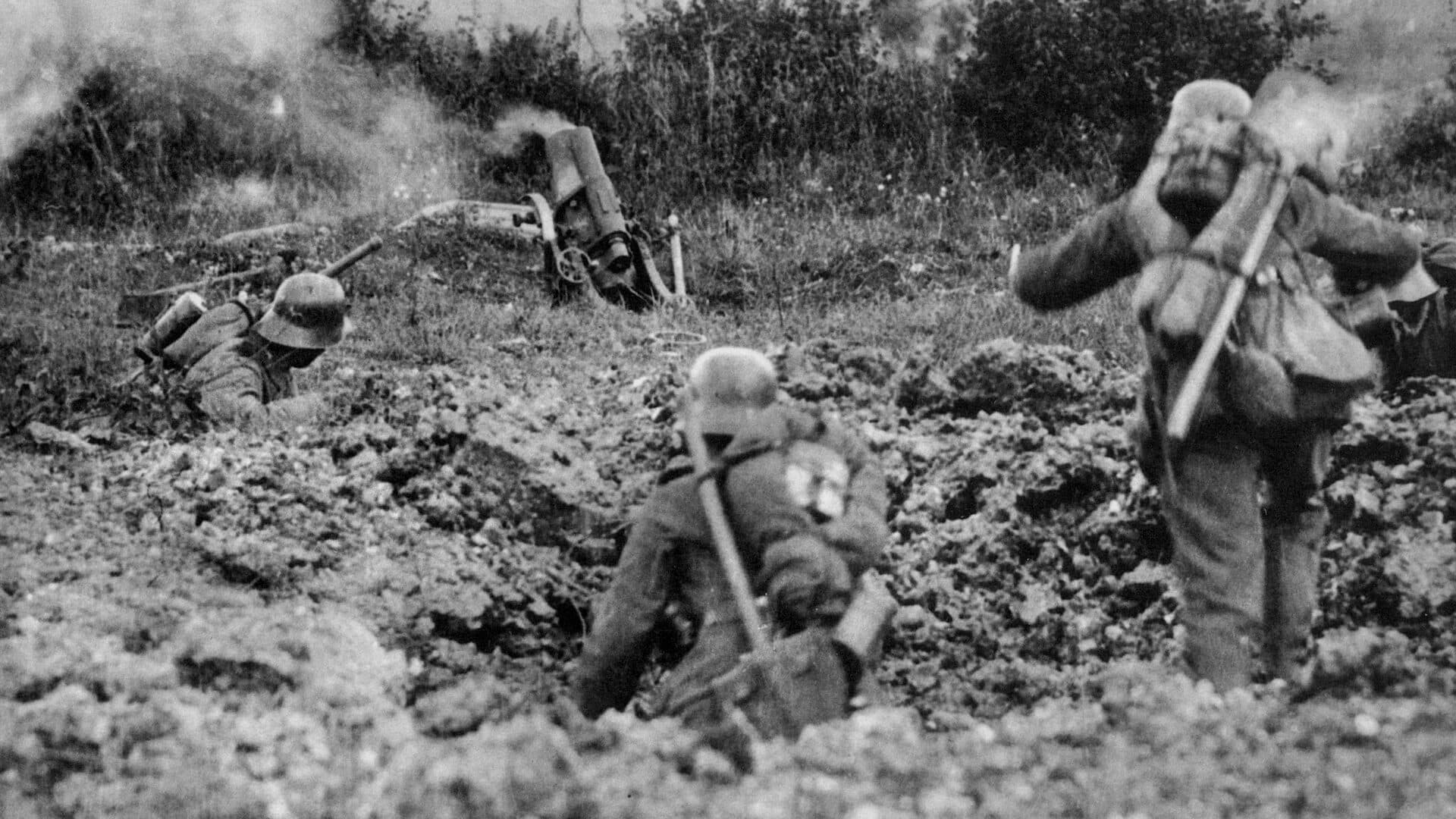Germany's 1918 Spring Offensive: A Costly Gamble with 239,000 Casualties

A recent tweet from "The Rest Is History" podcast highlighted "Germany's mad gamble to win WW1," prompting a closer look at the critical strategic decisions that shaped the final years of the Great War. This sentiment particularly resonates with Germany's desperate Spring Offensive of 1918, often regarded as its last major attempt to secure victory before the full might of American forces could be brought to bear on the Western Front.
By late 1917, Germany faced a precarious situation. While the Treaty of Brest-Litovsk removed Russia from the war, freeing up troops, the entry of the United States in April 1917 shifted the balance of power decisively towards the Allies. Earlier strategic gambles, such as the initial Schlieffen Plan in 1914 and the resumption of unrestricted submarine warfare in 1917, had failed to deliver a knockout blow, leaving Germany vulnerable to a prolonged war of attrition it could not win.
In this context, General Erich Ludendorff planned the Spring Offensive, codenamed Kaiserschlacht (Kaiser's Battle), a series of attacks beginning with Operation Michael on March 21, 1918. Utilizing new stormtrooper tactics and a heavy artillery bombardment, German forces achieved unprecedented territorial gains, advancing up to 60 kilometers in some sectors and creating significant panic among Allied lines. The initial breakthroughs were impressive, restoring a sense of mobile warfare to the Western Front.
However, these tactical successes proved to be strategic failures. The rapid advances over devastated terrain outstripped German logistics, leaving troops exhausted and undersupplied. Allied forces, though initially reeling, consolidated their lines and benefited from unified command under Marshal Ferdinand Foch. The German military suffered immense losses, with approximately 239,000 casualties during the Spring Offensive alone, including many of their elite stormtroopers.
The offensive ultimately exhausted Germany's last reserves of manpower and resources, failing to achieve its objective of splitting the Allied armies or forcing a capitulation. This "mad gamble," as stated in the tweet, left the German army severely weakened and demoralized, paving the way for the decisive Allied Hundred Days Offensive later in 1918, which led directly to the armistice and Germany's defeat.